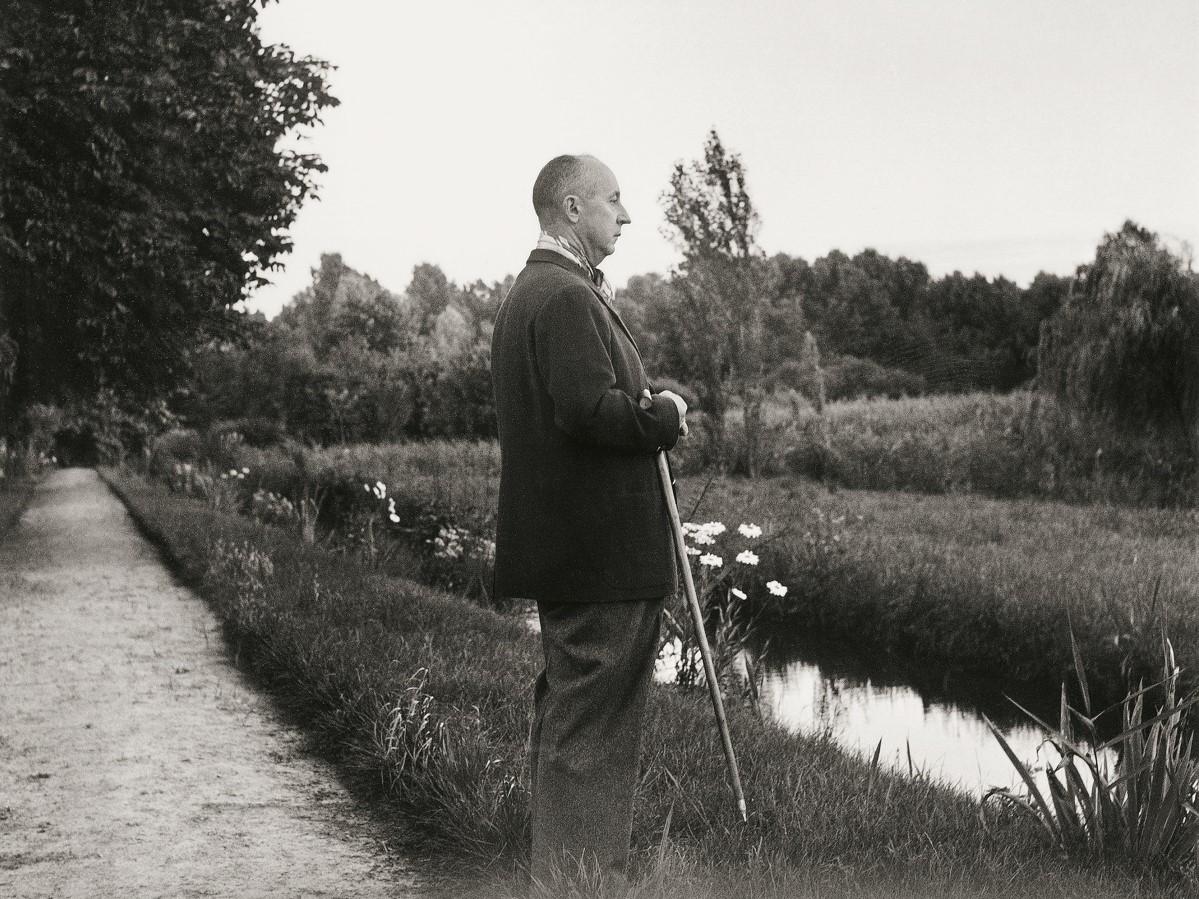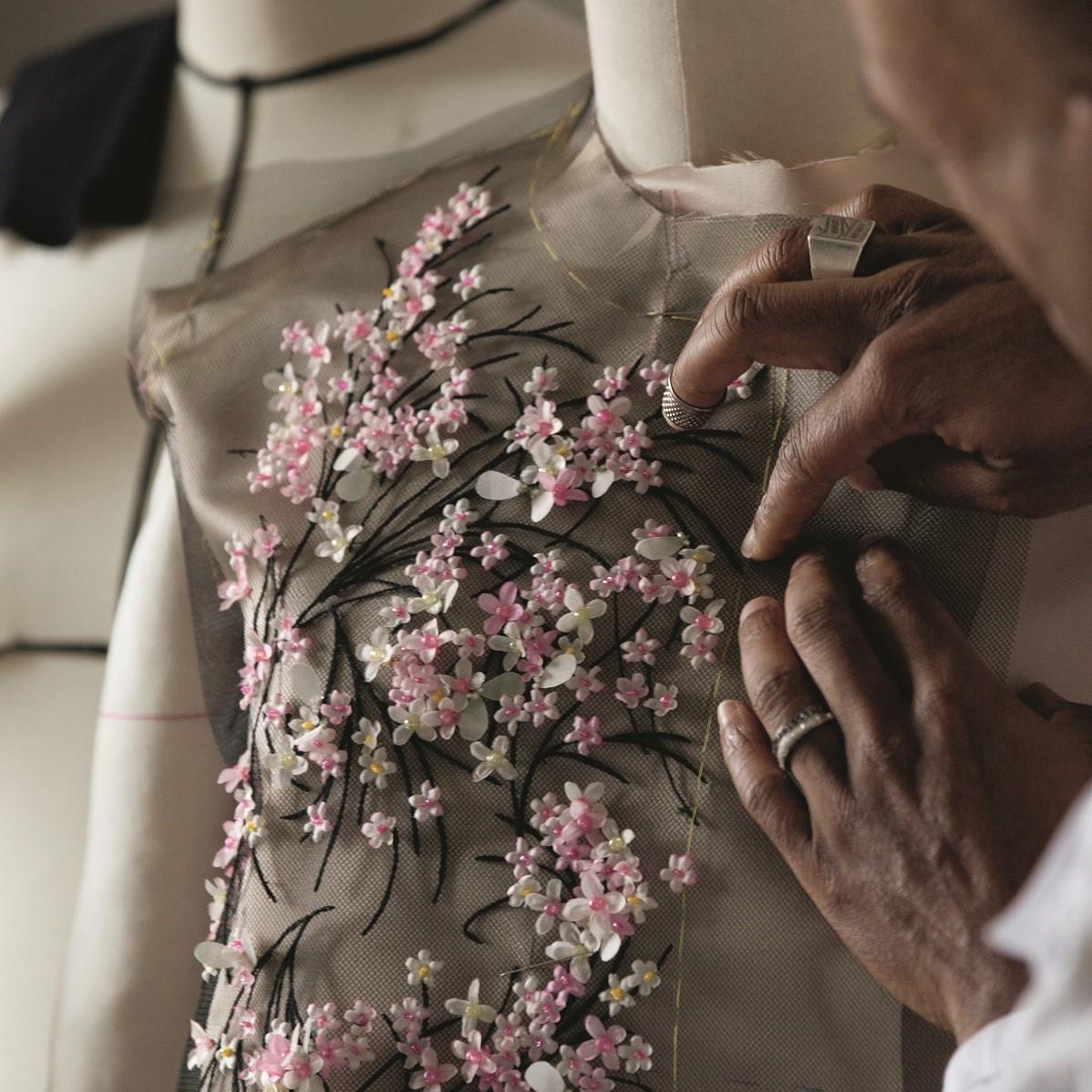Researcher writes in new book chapter about therapeutic effects of nature on famed designer
At the Dior Estate
Image Credit: © Bruno Ehers/Dior in Bloom/Christian Dior Parfums
Garden and floral motifs always inspired Christian Dior’s couture and fragrances: dainty lilies of the valley on a full skirt; embroidered forget-me-nots on a bodice; luscious roses that scented his perfumes.
Nature was also a form of therapy for the fashion designer (1905-57), and in the new book “Dior in Bloom,” co-author and plant science and landscape architecture Assistant Professor Naomi Sachs explores the role nature and his private gardens played in his well-being.

Dior grew up in a seaside house in Normandy with a lush and fragrant garden, part of which his mother commissioned him to design when he was 10 years old. It was his first designing experience, and a way to be close to his mother, says Sachs.
But his family was forced to sell the property following the 1929 market crash. “He longed to recreate the paradise of his childhood, both physically and emotionally, and would spend the rest of his life searching for the feeling of that first home,” she says.
When Dior moved to Paris, the unrelenting and frenetic work environment did not suit his temperament. As a budding designer, he rented a small, rustic home in the countryside, where he could reconnect with nature, decompress and feel freer to be himself.

In 1949, he bought a property in Milly-la-Fôret with a watermill that dated to the 13th century, then redesigned the site to echo the green spaces from his childhood home. Around the same time, Dior also purchased a larger property near Cannes, where he created a series of stone terraces overlooking the valley and planted hundreds of trees, evergreen shrubs and herbs—and found the scents that infused his signature perfumes.
“One of the benefits of being in nature is creativity,” says Sachs. “Dior was a perfect example of someone who used nature to rejuvenate himself.”
Original story published by Terp Magazine.